Highlights:
- Jamie Lee Curtis says cosmetic surgery has caused the “disfigurement of generations of women”.
- Describes the cosmeceutical industry as “a genocide” against natural human appearance.
- Blames AI filters for worsening beauty standards and driving cosmetic procedures.
- Opens up about her regrets over getting surgery at 25 and how she now embraces ageing.
Oscar-winner Jamie Lee Curtis has launched a sharp critique of the beauty industry, warning that cosmetic surgery and AI beauty filters have “wiped out” natural human appearance for entire generations of women. In a candid interview with The Guardian, the 66-year-old actress likened the cosmetic procedure boom to a form of “genocide”, a controversial term she insists is deliberate, given the scale and cultural impact of what she sees as industry-driven body modification.
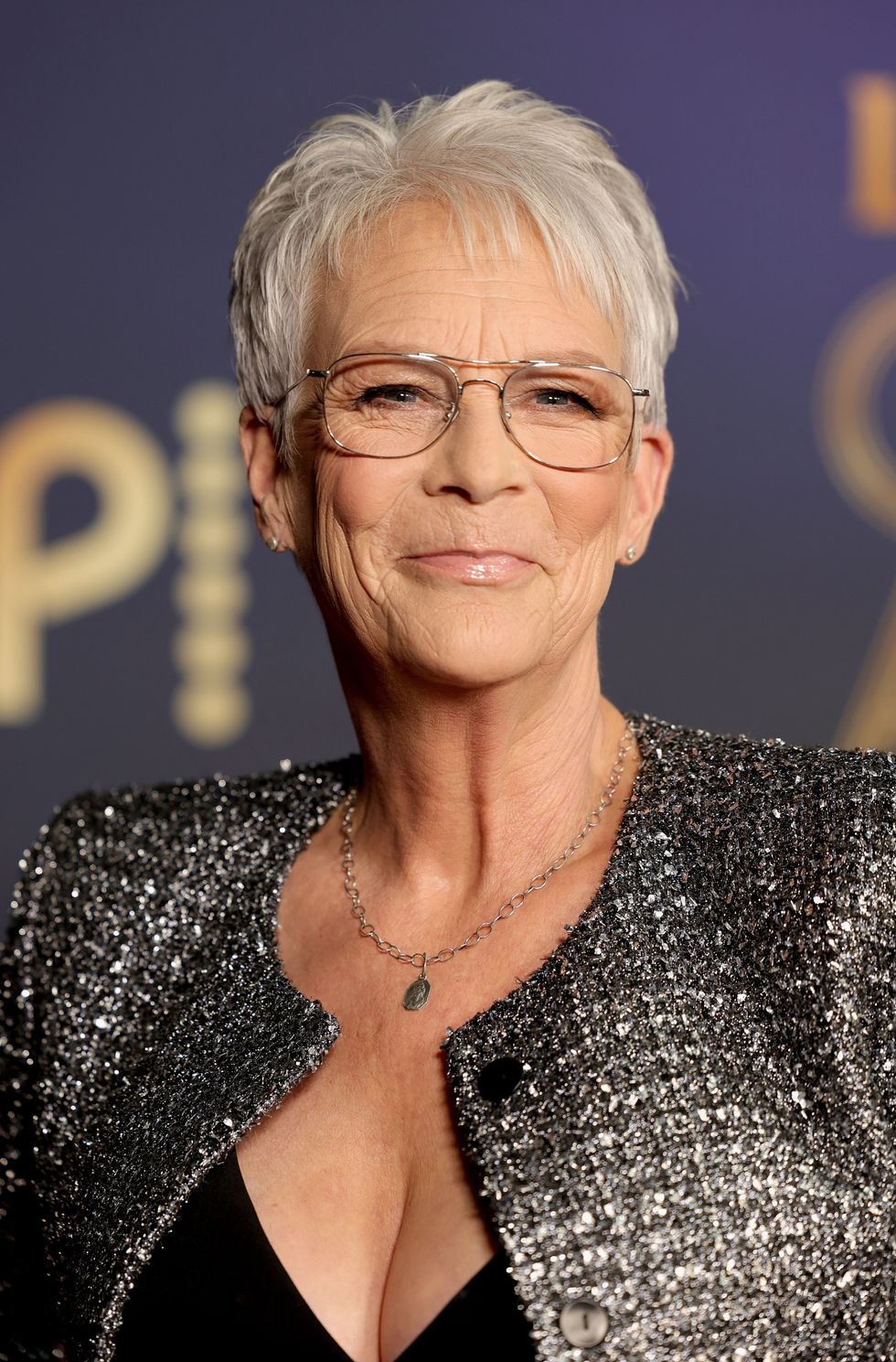
Why did Jamie Lee Curtis compare plastic surgery to 'genocide'?
Curtis, who stars in the upcoming Freakier Friday sequel, told The Guardian that the term “genocide” reflects what she views as a mass erasure of natural female beauty. She blames what she calls the “cosmeceutical industrial complex” for encouraging generations of women to pursue artificial enhancements, ranging from fillers to surgical alterations, at the cost of self-acceptance.
“I’ve used that word for a long time because it’s strong,” she said. “I believe we’ve wiped out one or two generations of natural human appearance.”
Although her word choice has raised eyebrows, Curtis stands by it, arguing that society’s obsession with youth and perfection has deformed, not enhanced, women’s lives and appearances.
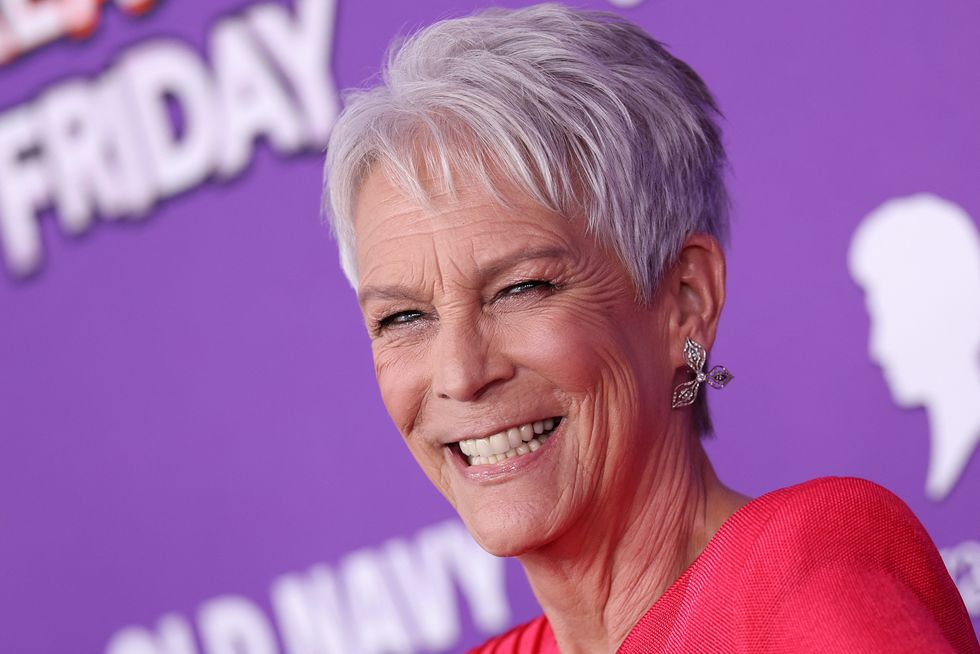
How is AI making beauty standards worse?
Curtis also pointed fingers at AI tools, especially facial filters on social media, for making “fake” the new normal. “Better is fake,” she said, noting how even she finds it hard to ignore the allure of filters once they show a digitally ‘improved’ version of her face.
“The filter face is what people want now,” she added. “It’s impossible to see the before and after and not think, ‘Well, that looks better.’ But what’s better? The lie?”
Her comments highlight growing concern over how AI is shaping unrealistic standards, especially for young women, through apps and image-editing tools that promote an unattainable version of beauty.
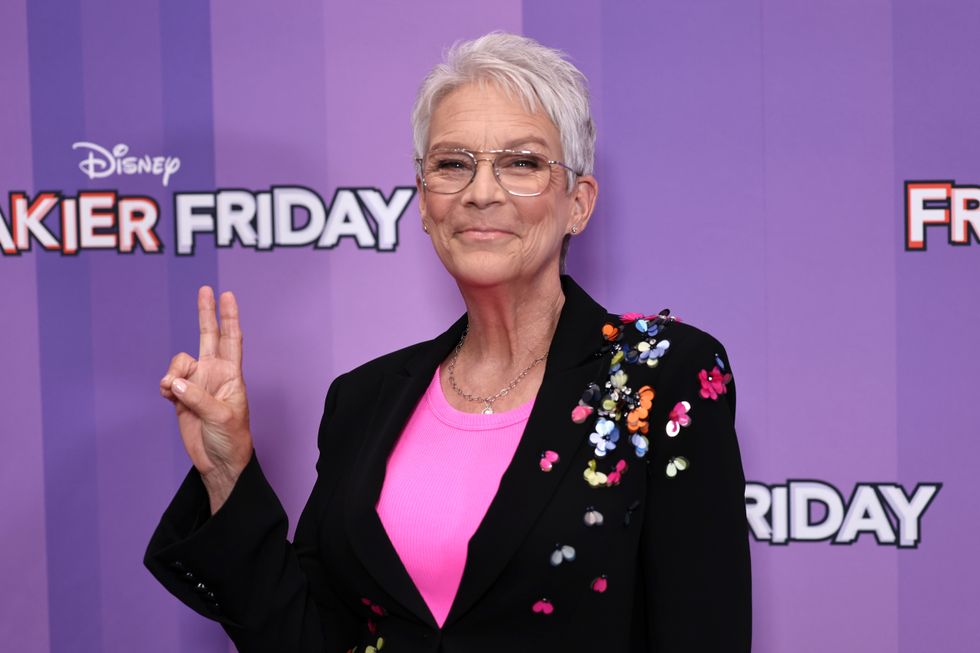
What’s Curtis’ personal experience with cosmetic surgery?
Curtis revealed she had a procedure in her 20s after a cinematographer on set commented on her “baggy eyes.” She regretted it immediately and has since become an outspoken advocate against surgical tweaks.
“That’s just not what you want to do at 25,” she said in a previous interview. “And I’ve kind of regretted it ever since.”
Now embracing her natural ageing, grey hair, and wrinkles, Curtis said she’s spent the last 30 years gradually stepping back from the spotlight, unlike her parents, actors Tony Curtis and Janet Leigh, who she says were discarded by Hollywood as they aged.
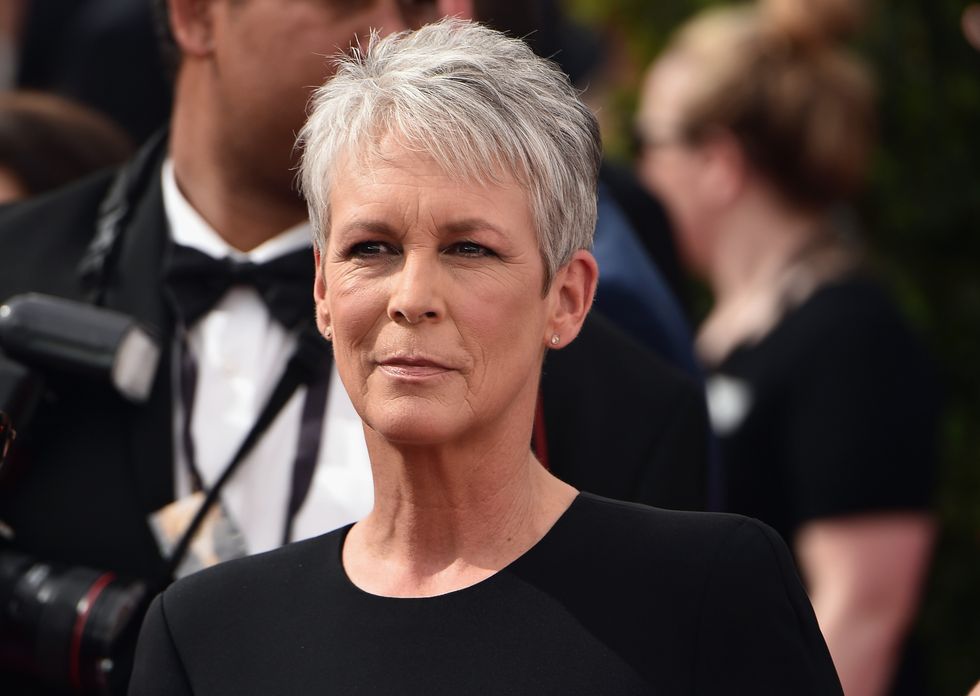
Why is Jamie Lee Curtis speaking out now?
Her outspoken stance comes at a time when Curtis is experiencing a powerful late-career resurgence. After winning an Oscar in 2023 for Everything Everywhere All at Once and delivering a critically acclaimed role in The Bear, she’s using her voice to challenge harmful industry standards from within.
“I’ve become a really public advocate to say to women: you’re gorgeous and perfect the way you are,” she said. While she insists she won’t judge others for choosing cosmetic surgery, she calls it a “never-ending cycle” once it begins.
Curtis also warns that young women, often under pressure to fit a filtered ideal, are being sold an illusion of perfection. “Once you start, you can’t stop. But it’s not my job to judge. It’s none of my business.”
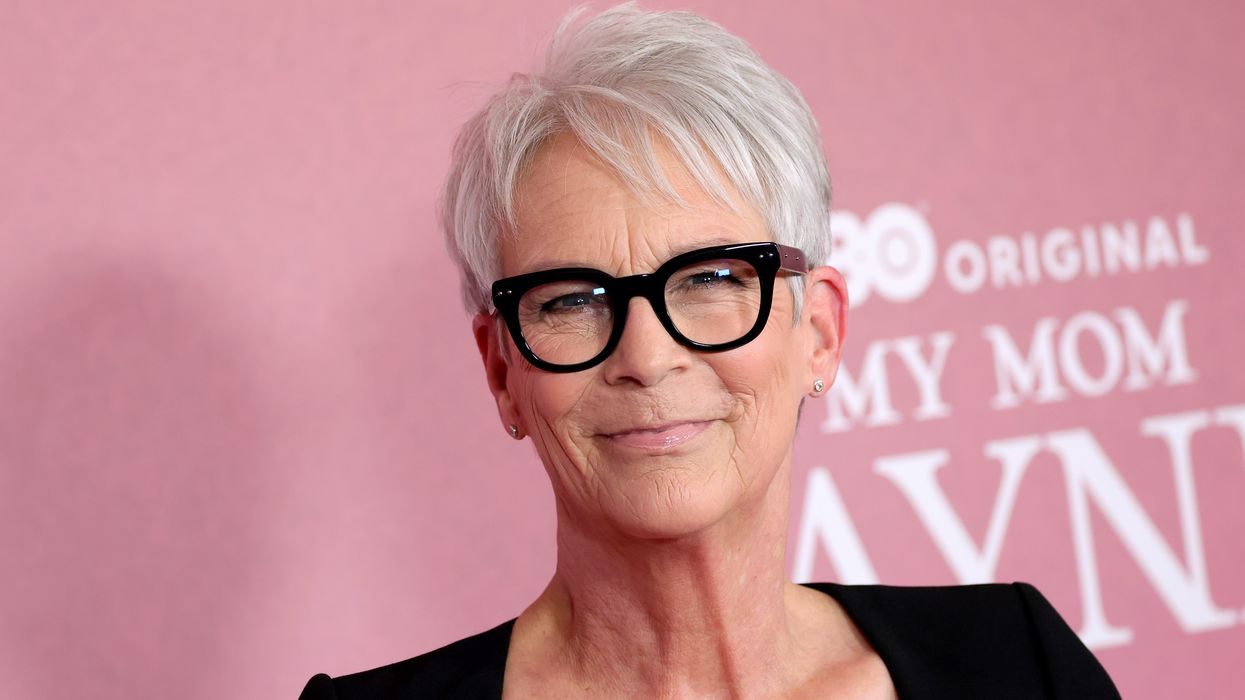

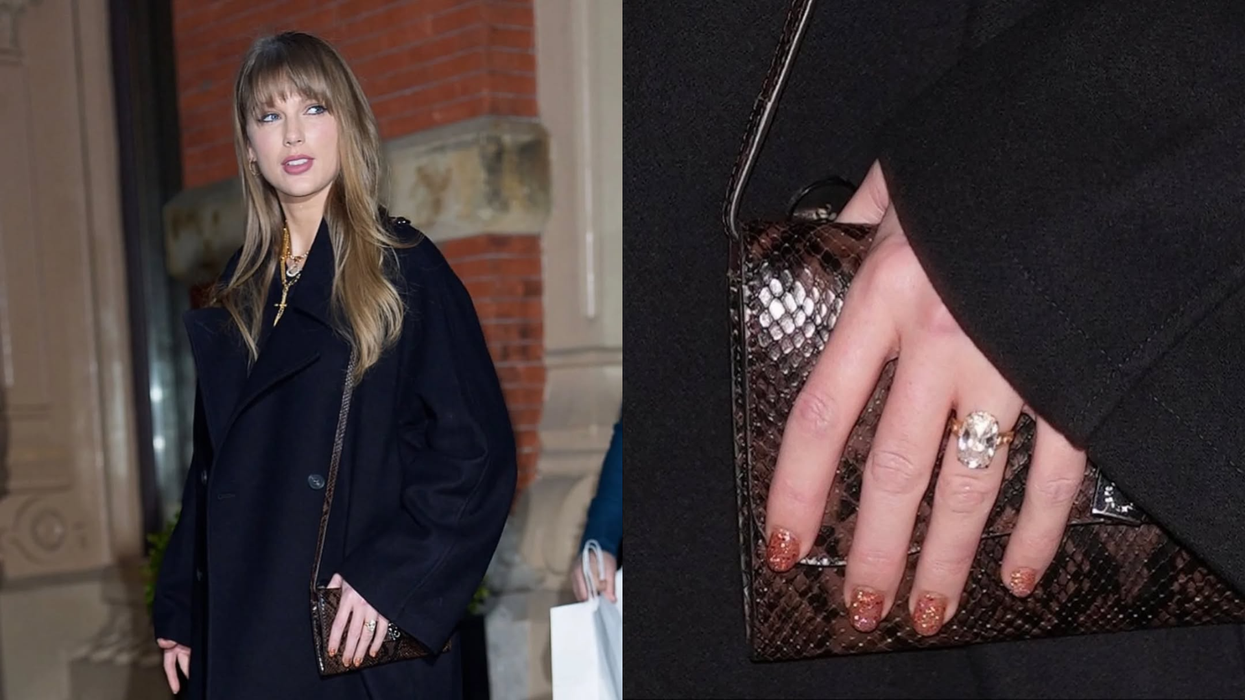
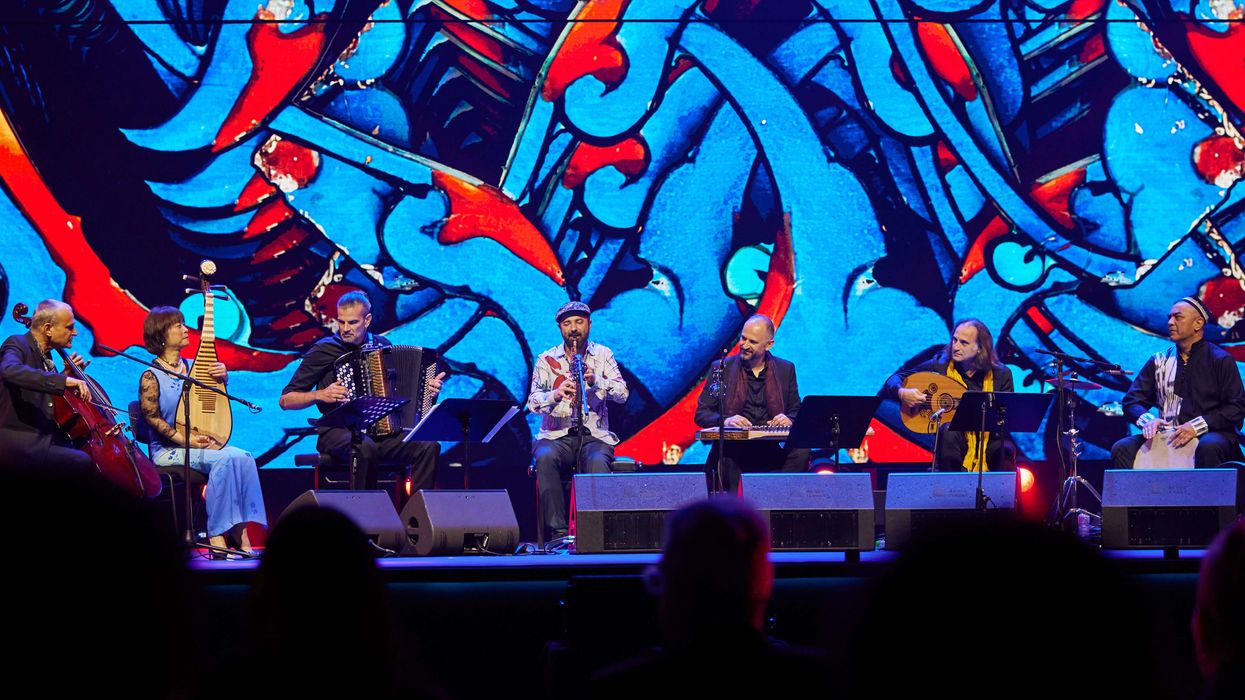
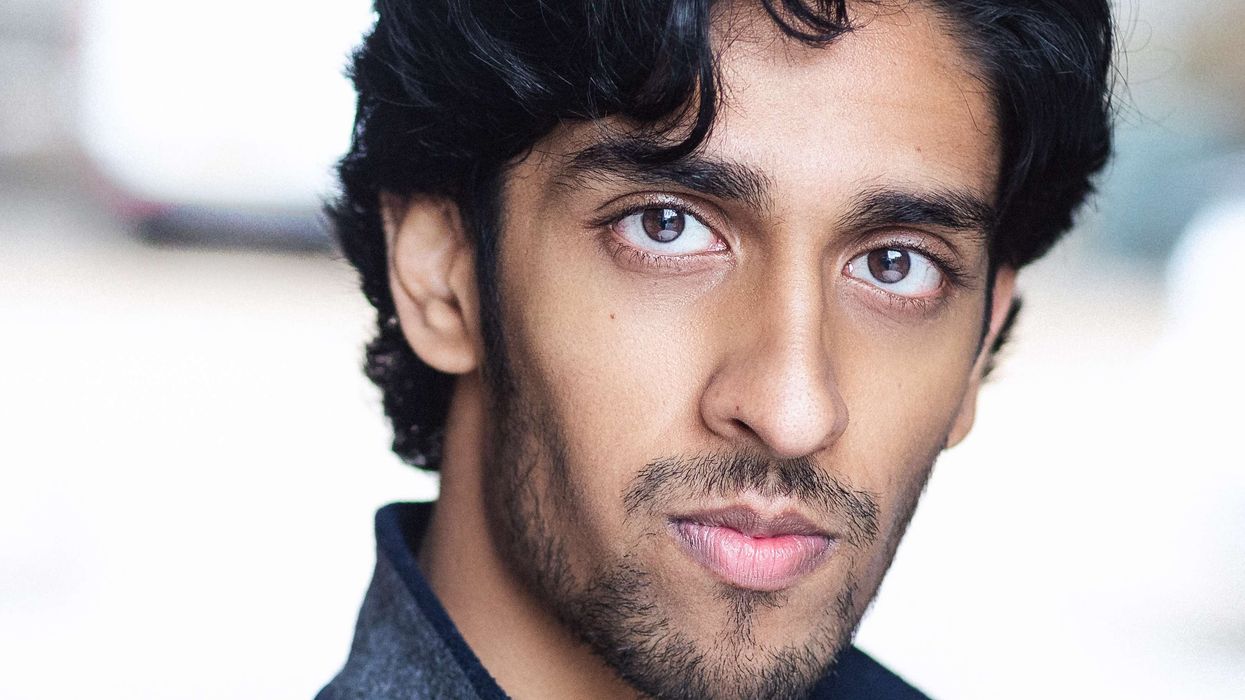

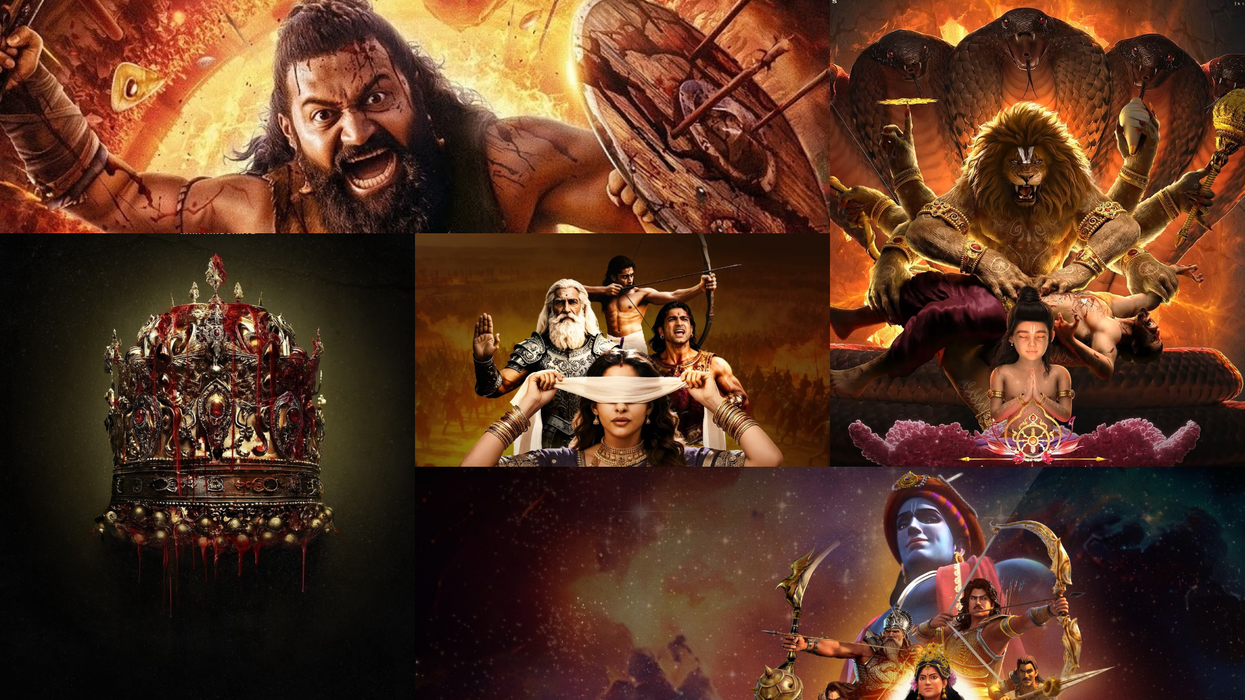
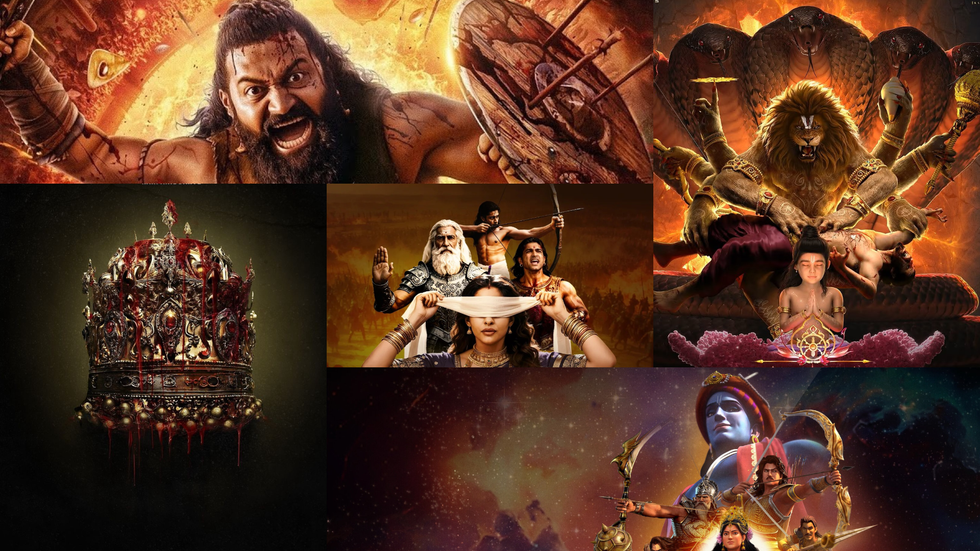 Why UK audiences are turning to Indian mythology — and the OTT releases driving the trend this year Instagram/Netflix
Why UK audiences are turning to Indian mythology — and the OTT releases driving the trend this year Instagram/Netflix 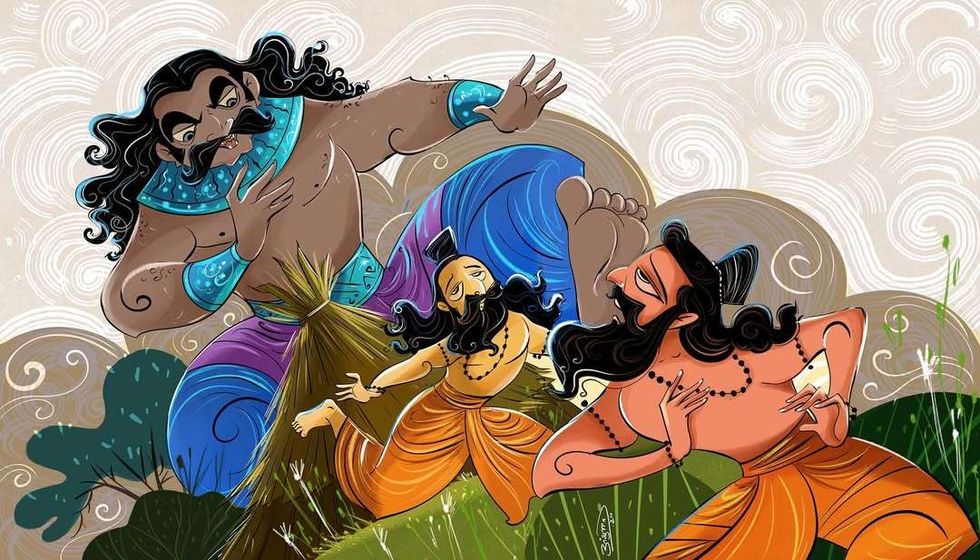 Indian MythologyInstagram/
Indian MythologyInstagram/






